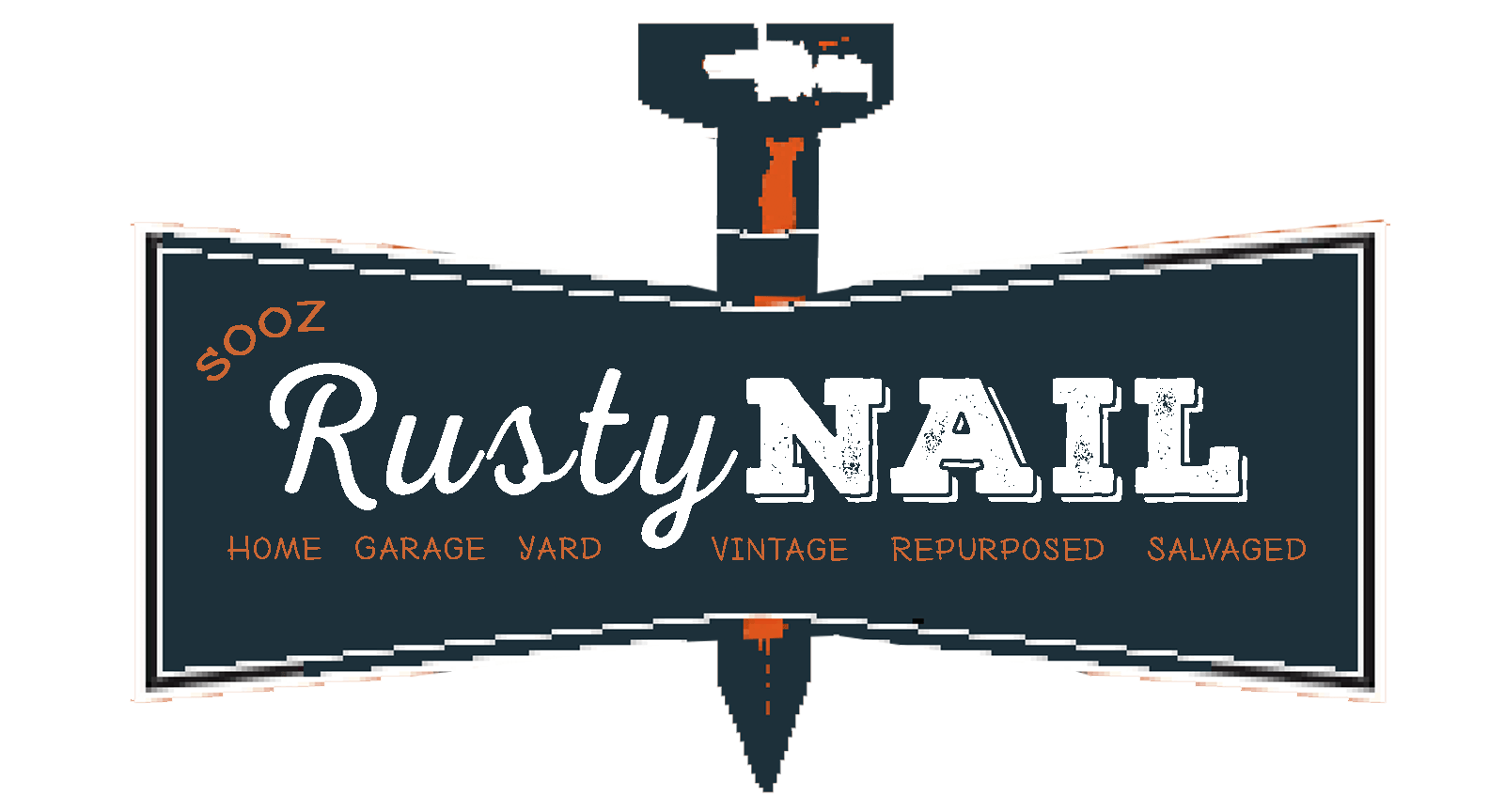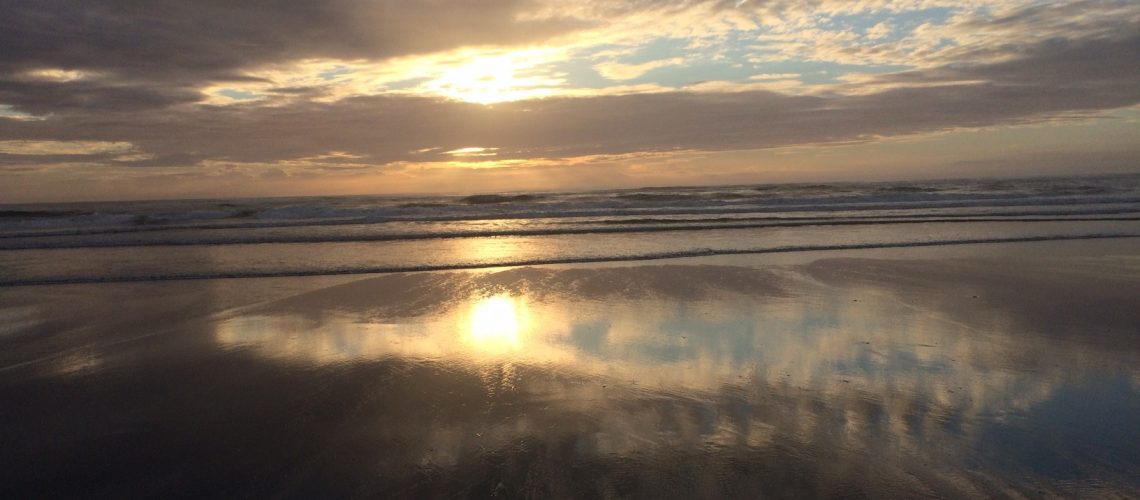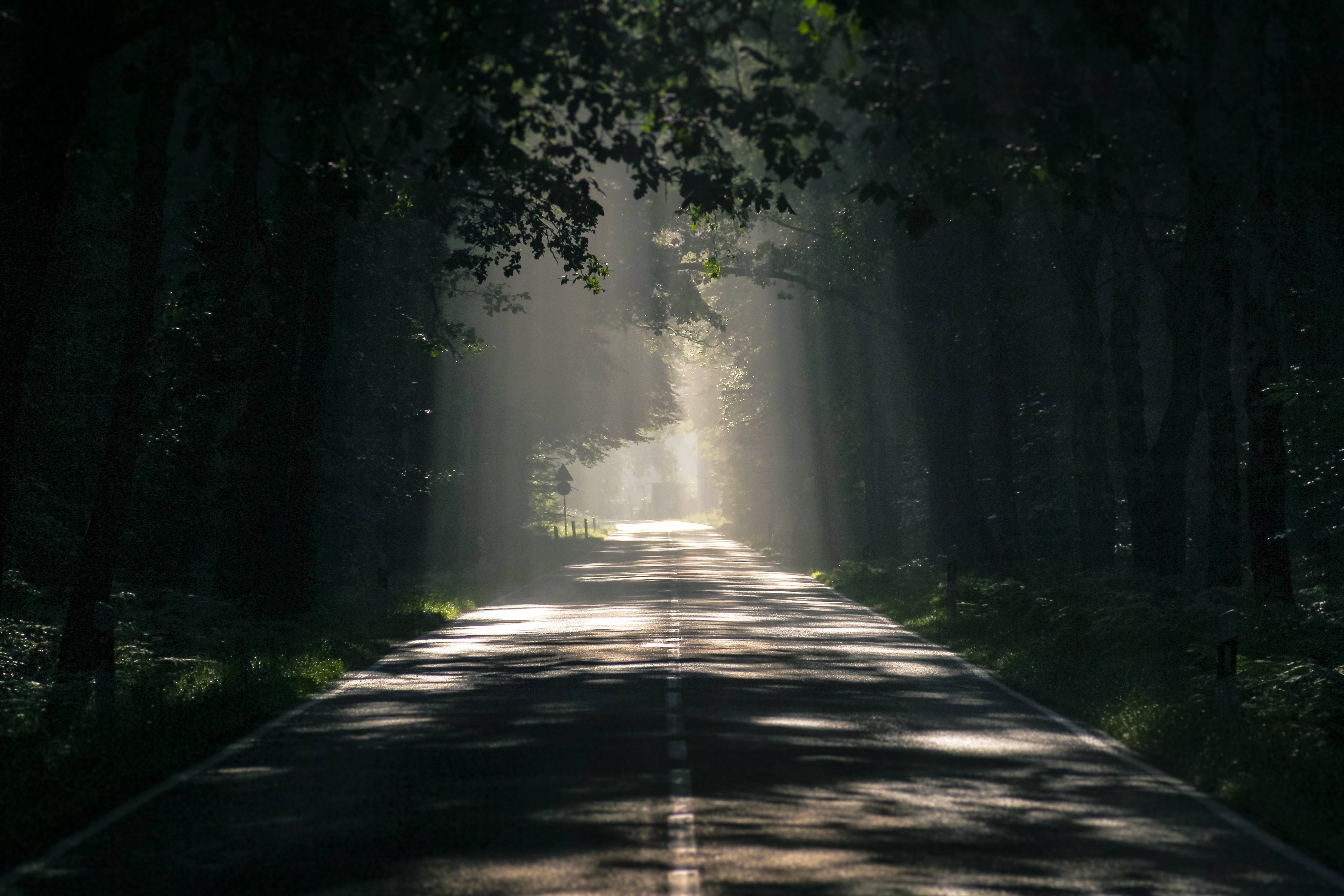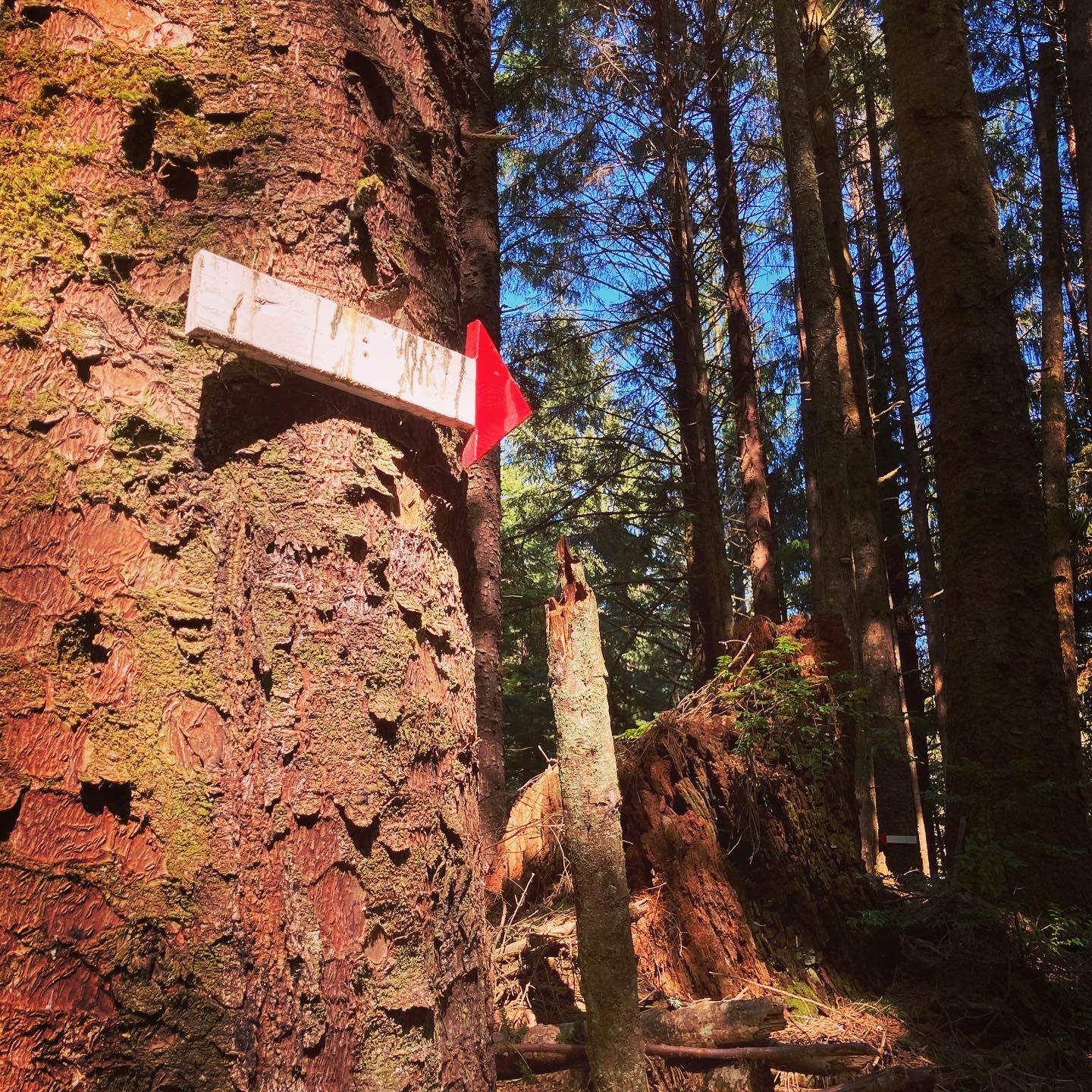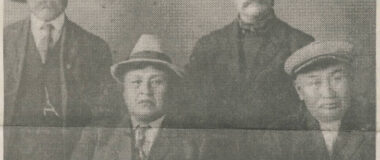Clam Digging on the Hidden Coast Scenic Byway in the 1930’s; a Personal Story
In April 1990, Harriet Baller, a 48-year resident of Moclips wrote about the trials and tribulations of clam digging on the coast. Upon her death at the age of 90, her stories were donated to the Museum of the North Beach where they “live to tell” along with other local oral and written histories.
Harriet Baller (1915 – 2006)
Born on February 1, 1915 in Glendive, Montana, by age 13 Harriet and her family moved to Western Washington where her father worked as a carpenter in Queets and then Hoquiam. After graduating from Hoquiam High School in 1933, Harriet worked at the local Kress department store in Aberdeen and married Clarence Baller on April 22, 1938 when she was 23 years old.
The couple’s home was in Moclips, where Clarence made a living (at least part of the time) as a commercial clam digger while Harriet tended house, practiced the arts; painting, bead work and basket making while raising their two sons.
Harriet Baller’s basketry can be seen on display at the Coastal Interpretive Center in Ocean Shores.
Harriet’s Clam Digging Story…
Harriet recalled that in 1929 there were absolutely no clams available for harvest at Moclips or Pacific Beach which must have been quite a shocker given that in the early 1920’s the volume of clams (and tourists digging them) along those stretches was nothing short of stunning!
While clams were still found in abundance farther south along the Hidden Coast Scenic Byway beaches, they didn’t return to the northernmost beaches until after WWII, more than a decade later. “During the war years,” she explained, “people were not able to come to the beach to dig clams because of gas rationing and the fact that so many were in the military or in service related jobs.”
In the 1930’s Harriett’s husband Clarence and his friends harvested clams commercially at Boone Creek (current day Iron Springs Resort) and John’s camp an area north of present day Illahee near the entrance to Ocean Shores. Not an easy job, these folks dug clams into buckets until someone came up with a net that could be fastened to a belt. These surf sacks, as they called them, were drug along behind as they dug and emptied periodically into a holding bin left on the beach behind the tide line.
“People were more honest then and didn’t steal the clams or the tub,” Harriett explained.
Commercial Clam Digger Wages
When the digger’s tub was full, they brought it to the buyers who sat waiting in trucks parked on the beach. Equipped with scales, the going rate for clams in 1938 was five cents a pound. As Harriett recalled, Clarence once dug 240 clams and at five cents a pound, they felt rich! The most clams he ever dug in one day? 287 pounds from Boone Creek (where Iron Springs resort is currently) in 1935. As the story goes, the clams were close to the surface allowing him to dig three or four before the water came in and covered the show. That day, Clarence made three trips to the buyer’s truck before the day was done.
Canneries of Copalis
[old Copalis River labels for sale in my shop!]
Trucks would take clams to the cannery and most diggers had their favorite buyer so sometimes one cannery buyer was paying a little more than the rest. If you dug too long and the buyers had left the beach you were stuck with your clams or maybe you could sell to the cannery direct.
Floyd Maxwell was the best digger on the beach. Max and Duffy Matson and Punk McCellan were other that were the best. Clarence could never out dig them but could equal their digs. He was a good digger.
There were five canneries at Copalis Beach. The Pioneer was across the river from the present Johnson’s store and was owned by Walt Plumbs father. It was one of the largest and could process 20 tons of clams a day.
During commercial clam season any boy or girl who wanted to could be excused from school for an hour before and an hour after low tide then they had to be back in school and the work they missed had to be made up.
Commercial clam season ended in about 1960 due to depletion of the clams and for a number of years before it ended there was a quota and when that was reached, the season ended. The season was usually three months from March – May. There have always been business and private citizens who the sports diggers could pay to clean your clams for you if you didn’t know how or didn’t desire to and some places where they would can them for you. During commercial clam season in the depression years 1931 – 1933, clam digging was a source of income for many people, some of those years buyers paid $.08/lb for clams.
In 1943, commercial season lasted about 2 months. Licenses were $1.00 but went up to $5.00. Good digs were over 100 lbs. Or over. The OPA set $.08/lb for clams but the crab fishermen so used them for pait paid $.15/lb.
Around 1951 the price was $19. In 1951 the state set a quota of 500,000 lbs. IN 1973 the tubes for digging clams showed up on the market. They were mostly used for dry digging and sucked the clams and sand up — it took lots of pull. In 1976 in June, Clarence dug a clam that weighed 9oz. I think a gig clam weighed around 3 – 4oz. He always dug with a shovel as did all the people who dug commercially. From 1983 to 1985 14 million razor clams disappeared off the Washington beaches. 95% of the razor clam population dies that year — nuclusion –NIX– a parasite according to the Dept of Fisheries. In 1992 there was no clam digging when Nix showed up again.
In 1920 there was no limit to how many clams you could dig. From 1937 – 1947 the limit was 36 1947 – 1964 it was 24. 1964 – 1976 you could dig 18 and in 1976 the limit was 15 and no license was required but in 1979 you had to have a license. They were $6.00 for ages 15 – 69, $4.00 for 70+, a non-resident was $21.00 and two day permits were $6.00. In 1994 what they called General shellfish licenses were issued at $6.00.
